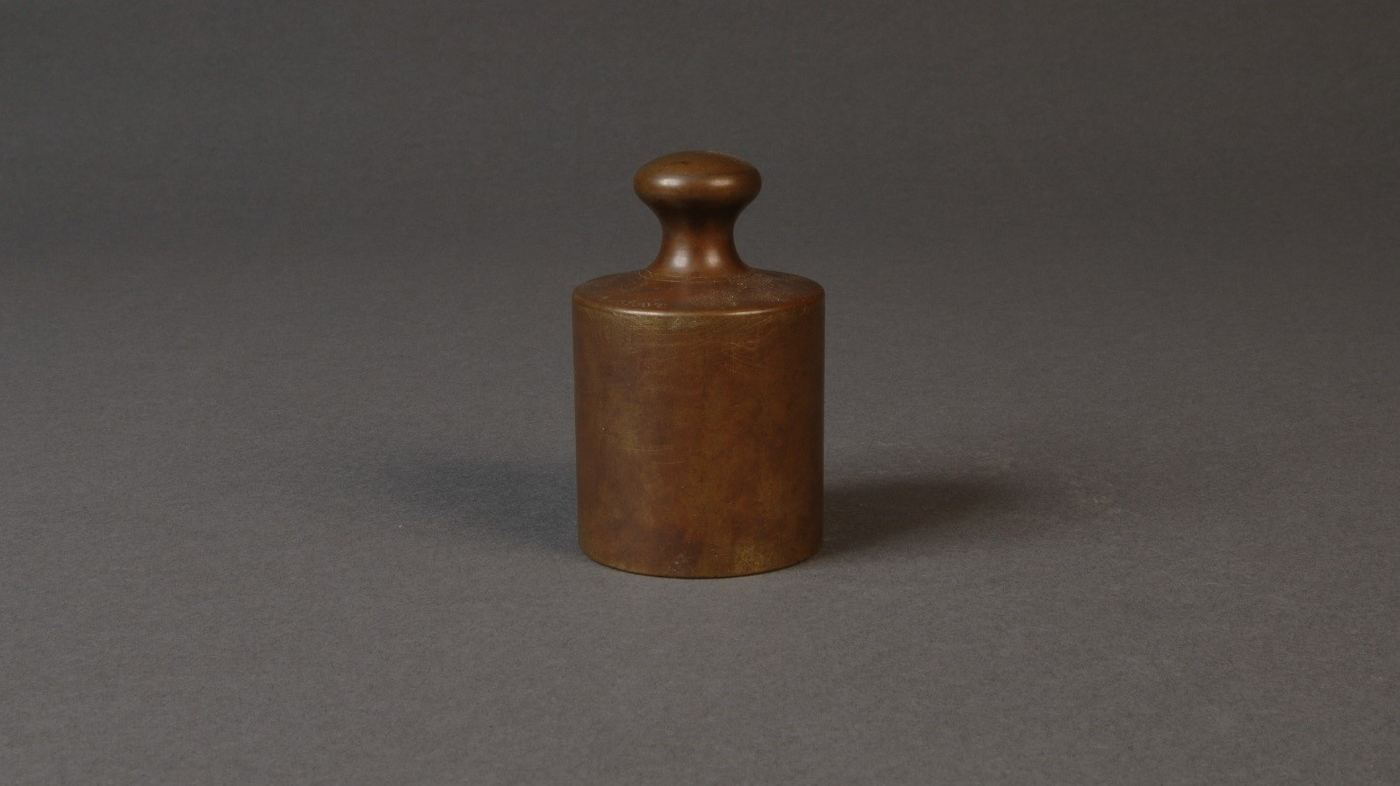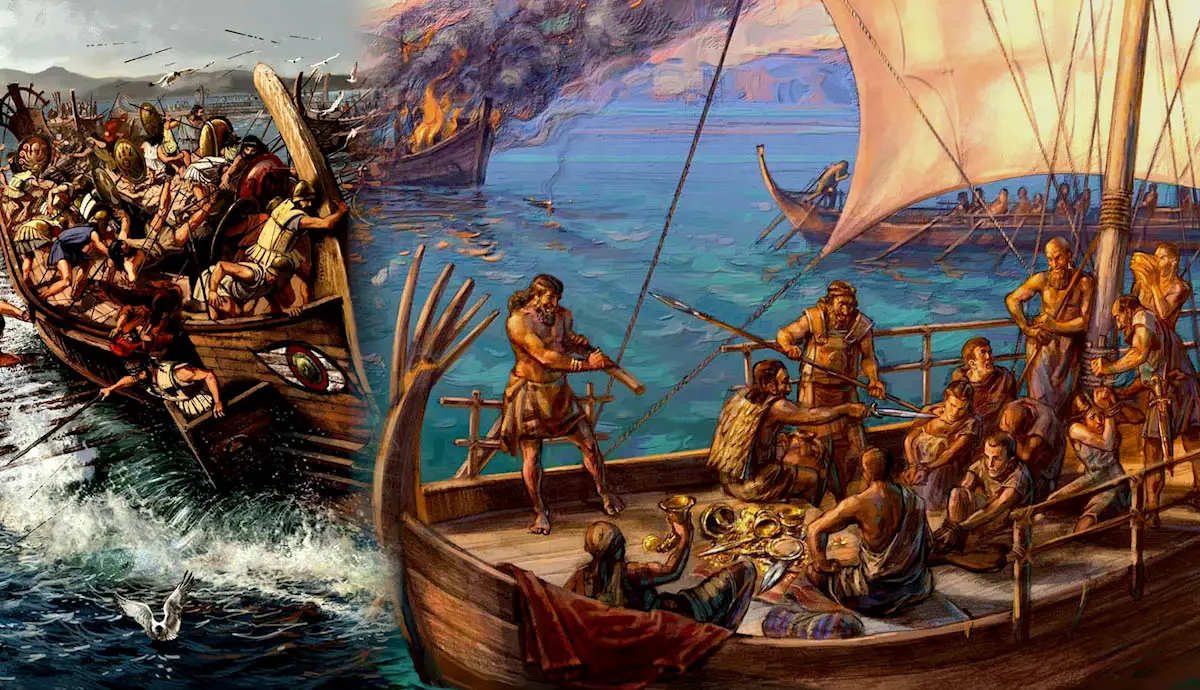For ages, people worldwide have chuckled at the peculiar ways Americans measure things. Whether it’s giraffes being used to gauge asteroids, stretched-out cats as units for furniture, or even the majestic bald eagles symbolizing social distancing – Americans seem to embrace anything except the metric system.
Why Doesn’t the USA use the Metric System?
After emerging victorious against the British and forming the United States, the new nation faced a problem. Each state used its own system of measurement, causing confusion and hindered trade. The government needed a solution – a single unified system. Among various options, the French’s metric system stood out as a promising contender.

Central to this unification was the creation of a standard kilogram weight. In the late 1700s, small cylinders (initially called “graves,” later known as kilograms) were crafted to closely match the mass of one cubic decimeter of water at a specific temperature. This crucial standardization formed the cornerstone of the metric system.
The United States, keen on embracing this global system, reached out to France. Thomas Jefferson, then Secretary of State, communicated the interest. France responded by dispatching Joseph Dombey, a French scientist, along with a one-kilogram copper weight for the US. However, fate took a twist.
A violent storm diverted Dombey’s voyage, leading him and his crew to the treacherous Caribbean Sea – hardly a sailor’s desired location. In an unfortunate twist of fate, privateer pirates, backed by the British, captured the vessel. Dombey and his crew faced imprisonment in Montserrat, waiting in vain for a ransom that never materialized.
Ironically, the pirates showed no interest in the kilogram’s weight or significance. The vessel’s contents, including the precious kilogram, were auctioned off. Andrew Ellicott acquired the kilogram, passing it down through his family until it found its way to the National Institute of Standards and Technology.
Despite the missed opportunity with the metric system, the United States went on to develop its own measurement units, termed customary units. These units persisted until a joint effort between the US and the UK in 1959 aimed to align their definitions, resulting in the measurements used today alongside other systems.
While pirates play a fascinating role in the story, they aren’t the sole reason for the US not adopting the metric system. Over time, numerous factors, including cost, time, and public opinion, have hindered the transition. However, the original and intriguing connection to pirates remains an essential part of the tale – one that highlights the intricate choices and twists of history that shape the world around us.
Credits NYPost









